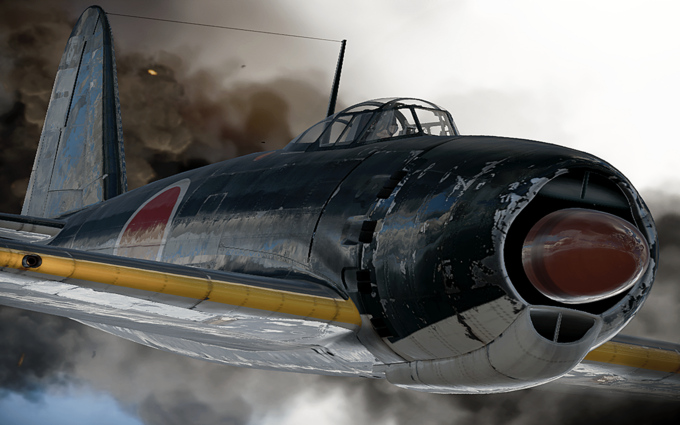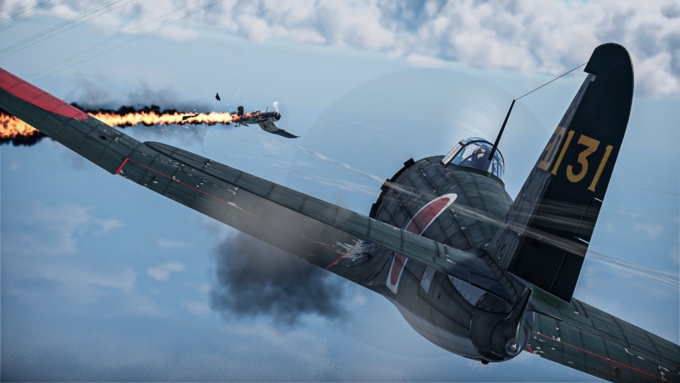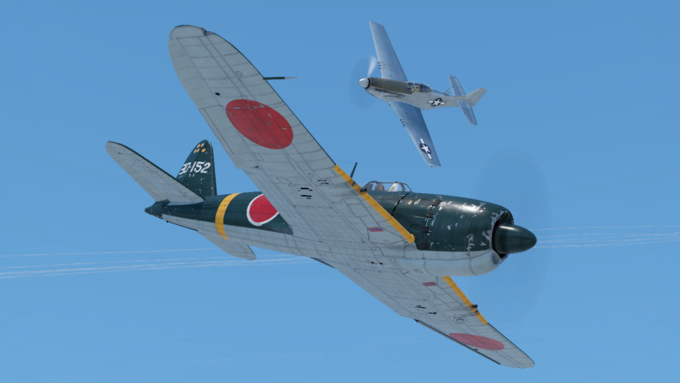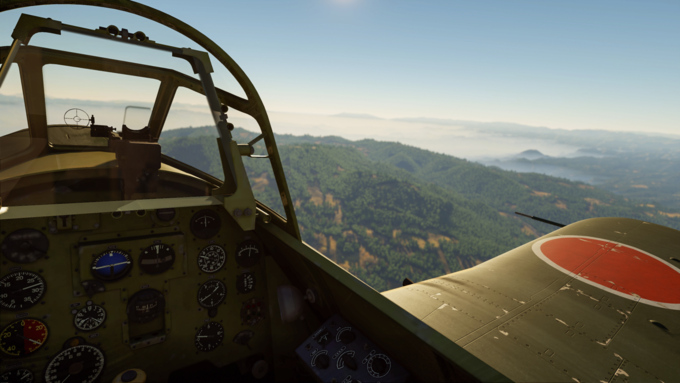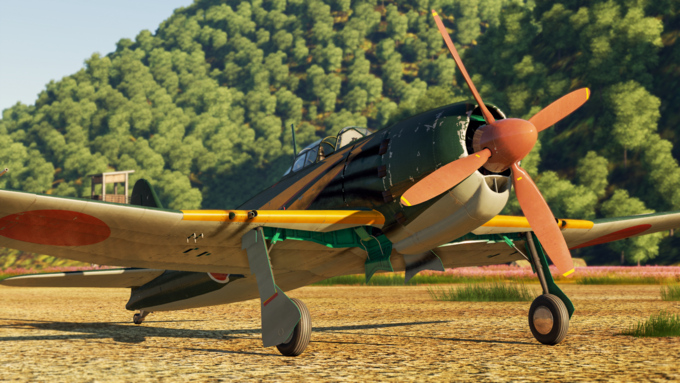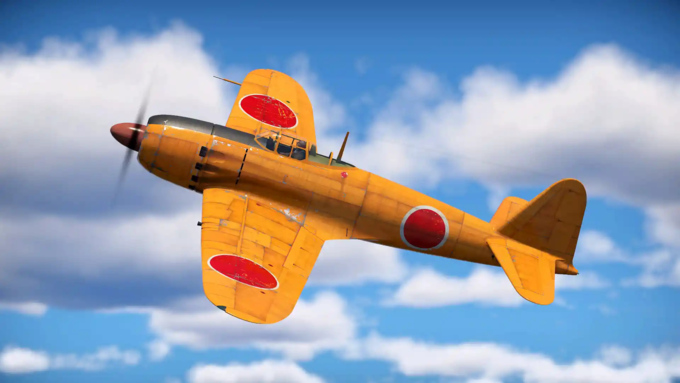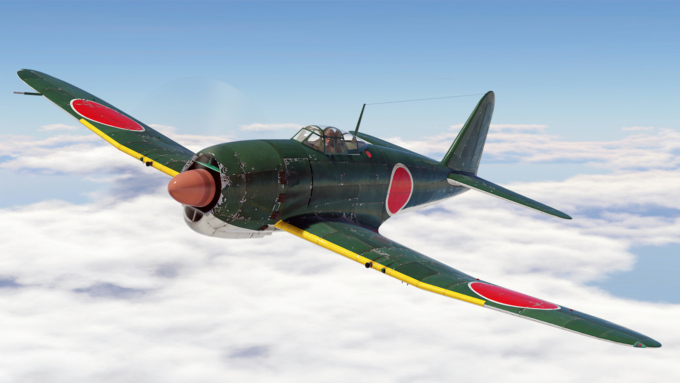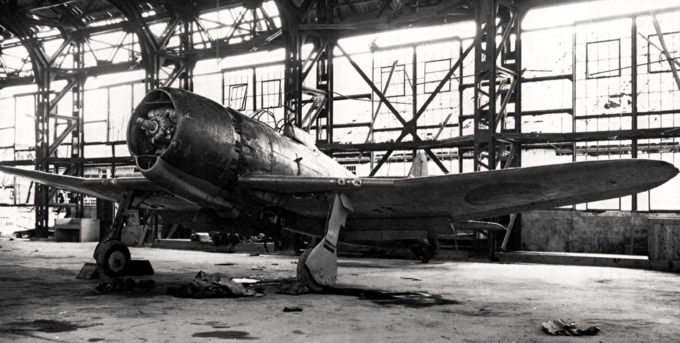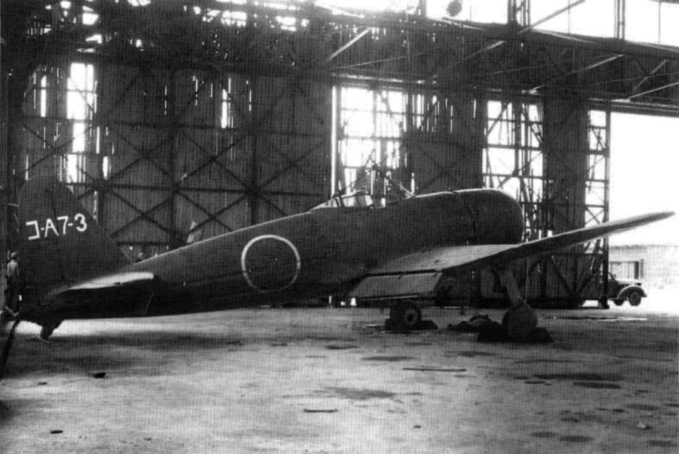The Mitsubishi A7M, designated as Reppū (烈風, Strong Wind), was a series of Japanese fighter aircraft designed and built by Mitsubishi Aircraft Company during World War II. The A7M was intended to replace the A6M as the Imperial Japanese Navy's main carrier-based fighter. The A7M had a more powerful engine, a larger wing, and improved manoeuvrability and speed than the Zero. However, the A7M faced many technical difficulties and delays, and only a few prototypes were completed before the end of the war.
Nicknames:
Designation: Reppū (烈風, Strong Wind)
Allied Codename: Sam
Vehicles in-game
The pre-production model of the Reppū equipping the Nakajima Ha-45 "Homare" (NK9) engine as demanded by the Navy, however, it was underpowered for the airframe and subsequently order cancelled by the Navy.
The production model as envisioned by Mitsubishi, equipping their own delayed
Mitsubishi Ha-43 (MK9) engine against the wishes of the Navy, and reacquired the order for the A7M, 4 years after its initial order.
History
Very soon after the A6M2 mod.11 started entering the production phase in end-1940 the Japanese Navy already requested Mitsubishi to design a direct successor of the A6M, which would be dubbed as the 16-shi. But at the time, there was no viable high-output as calculations by Jiro Horikoshi's development team who designed the A6M, suggested that to have a climb rate and top speed needed by the Navy they would have to use a minimum of 2,000hp engine. This proved to be an exceptional challenge as the two engines which theoretically could develop this power were still under development. Besides that, Horikoshi's team were still occupied with engineering the A6M2 mod.21 and designing the 14-shi interceptor (which would later be known in service as the J2M), for these reasons Mitsubishi put the plans for a Zero-successor on hold in January of 1941.
Development
In April of 1942, development of the A6M3 mod.32 and J2M2 mod.11 were finished and the navy once again tasked Mitsubishi and Horikoshi's team to design a new zero successor dubbed this time as the 17-shi Ko. The Navy requirements for the 17-shi were as followed:
Speed ≥ 345 kn above 6,000 m
Climb rate ≥ 6,000 m in less than 6 minutes
Armament = 2 x 20 mm and 2 x 13 mm
Maneuverability ≥ A6M3
As before, one of the main hurdles was engine selection. To meet the specifications, the engine would need to produce at least 2,000 hp (1,500 kW), which narrowed choices down to Nakajima's NK9 "Homare" (Ha-45) or Mitsubishi's MK9 (Ha-43); both engines still being under development. These engines were based on 14-cylinder (Nakajima NK1 "Sakae" (Ha-25) and Mitsubishi MK8 "Kinsei" (Ha-33), respectively) engines converted to 18-cylinder powerplants. The early NK9 had less output but was already approved by the Navy for use on the Yokosuka P1Y Ginga, while the larger MK9 promised more horsepower.
With the larger, more powerful engine compared to the A6M's, wing loading became an issue. The Navy requested at most 150 kg/m² but wanted 130 kg/m², which complicated design considerations further. With the NK9 it could achieve 150 kg/m2, but with less power, it would not meet the specifications for maximum speed. With the MK9's 2,200 hp (1,600 kW), the engineers concluded it could fulfil the requirements; however, production of the MK9 was delayed compared to the NK9, and the Japanese Navy instructed Mitsubishi to use the NK9's 2,000 hp (1,500 kW).
Work on the 17-Shi was further delayed by factories prioritizing A6M and G4M production as well as further work on A6M variants and addressing J2M issues. As a result, the 17-Shi, which became the A7M1, officially flew for the first time on 6 May 1944, four years after development started. The aircraft demonstrated excellent handling and manoeuvrability but was underpowered as Mitsubishi engineers feared and with a top speed similar to the A6M5 mod.52. It was a disappointment, and the Navy ordered development to stop on 30 July 1944.
But previously, Mitsubishi obtained permission for development to continue using the Ha-43 engine, Saburo Sakai test-flighted with Ha-43 on 13 October 1944 and after the flight test, Sakai was extremely impressed with the A7M2. The A7M2 now achieved a top speed of 339 kn while climb and other areas of performance surpassed the Zero, leading the Navy to change its mind and adopt the ordered cancel. The A7M2 was also equipped with automatic combat flaps, used earlier on the Kawanishi N1K-J, significantly improving manoeuvrability.
